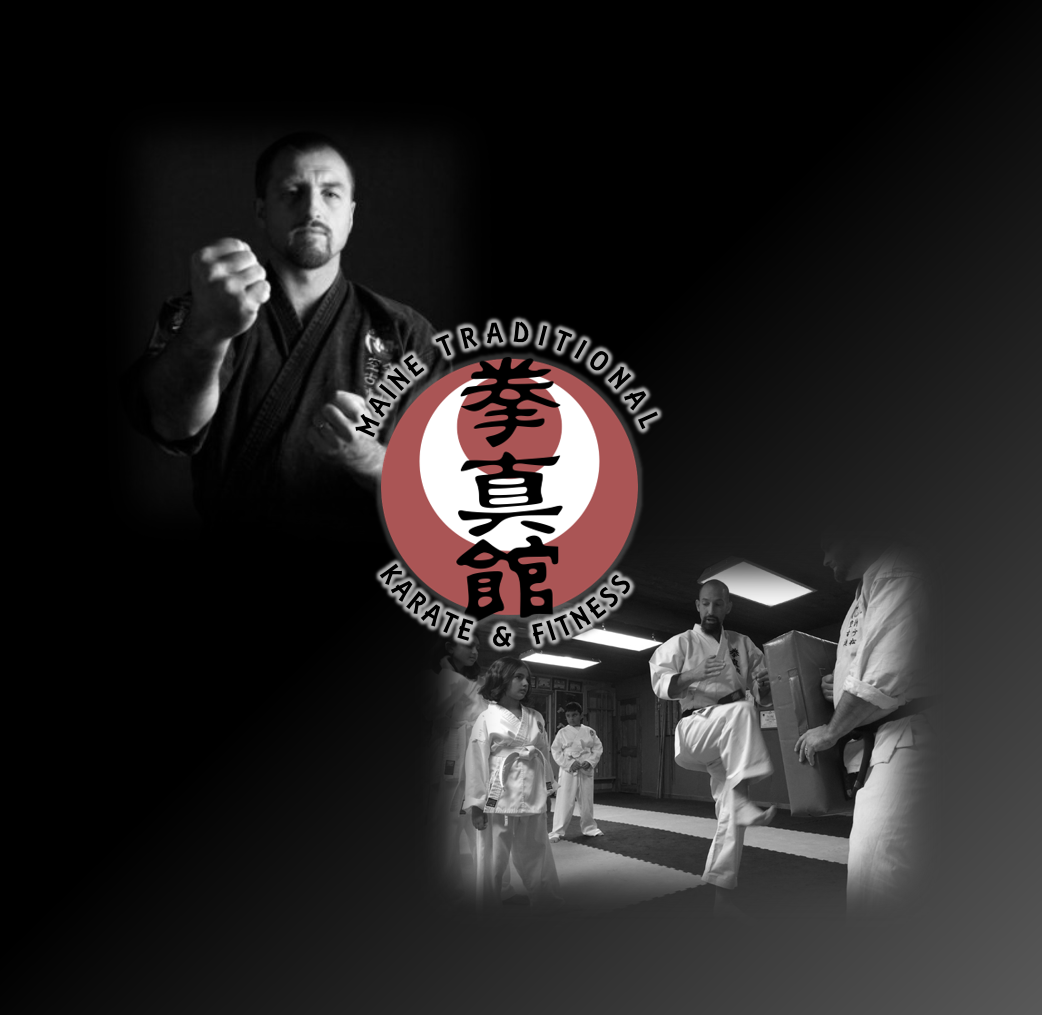The kanji depicted above reads “Shu ha ri.” The term references the journey of the karateka as he or she moves from beginner to black belt to advanced student and how the relationship with one’s Sensei may change along the way. This blog post is not about that. There are many fine articles on the web (http://aikiorlando.com/article/meaning-shuhari is a concise explanation and from where I borrowed the kanji). We recently had two exceptionally skilled youth black belts leave our dojo – they, and their family, are just wonderful people as well and will be profoundly missed. This blog post isn’t about them either. (Okay, I started this post last year, but it still applies).
 This blog post is about the equally skilled and wonderful Sempai Kailee (she’s the beautiful young lady in the middle). Sempai Kailee currently serves our dojo as the only youth Shodan. (I don’t really think of her as a youth anymore, but it’s important to the story). As the head youth Shodan, Sempai Kailee’s responsibilities include co-instructing youth classes with our Sensei. What she probably doesn’t know is that she is one of two big reasons I go to the youth class on Monday and Wednesday nights.
This blog post is about the equally skilled and wonderful Sempai Kailee (she’s the beautiful young lady in the middle). Sempai Kailee currently serves our dojo as the only youth Shodan. (I don’t really think of her as a youth anymore, but it’s important to the story). As the head youth Shodan, Sempai Kailee’s responsibilities include co-instructing youth classes with our Sensei. What she probably doesn’t know is that she is one of two big reasons I go to the youth class on Monday and Wednesday nights.
You see, her bad influence is corrupting my otherwise stellar class protocol (i.e., behavior). Okay, well not really, but whatever. You see, unless another higher rank is present, I am supposed to take the “first position” as students line up to train. Even though Sempai Kailee surpasses me in skill and curriculum knowledge, an adult Shodan lines up to the right of a youth Shodan regardless of time in grade or skill. The ranking student assumes the first position and has responsibility for leading the traditional opening and closing ceremonies of the class, enforcing protocol and dojo rules, and generally helping in any way the Sensei or lead instructor of the night needs. The uninformed or even new student might think, “oh, you mean they get to be bossy.” Uh … no …. but after long wait and much anticipation brings us to the topic of today’s blog … sort of.
I have had the pleasure to watch Sempai Kailee move from youth into adolescence with the grace of a woman and not the antics of a child. At a time when her peers resolved conflicts with opposing statements of “nah uh,” and the undefendable counterattack of “yes sah,” Sempai Kailee’s training involved crucial lessons in group dynamics and how to give and receive feedback in a constructive manner. And now, as an adolescent, it is her dojo role that deprives her the opportunity for developmentally appropriate attempts at control and “bossiness” that teens exhibit as they navigate lessons of independence and its associated responsibilities.
Sempai Kailee assumes the first position role as a leader and not “bossy Betty” because of her karate training. Karate-do helps one develop an inherent or internally-based sense of self-worth that exists independently of how those in the external world respond to or treat you. As you grow as a karate student, personal achievement becomes just that – “personal.” The standards by which you come to judge and accept yourself is whether self-improvement relative to the day before has occurred or, at least, been attempted. Additionally, one actively strives to apply consistently the morals and values that have become part of one’s being. Freed from the destructive forces of other’s acceptance or rejection, the karateka meets the world with head up and shoulders back with the full knowledge that failure will occur as part of the process and is not a terminating event.
In short, there is no reason, need, or desire to be “bossy.” “Bossy” people often define self-worth in terms of the extent to which they can manipulate and control others to do as the “bossy” person wishes. Control of others is equated with being powerful and must be constantly sought in order to maintain arbitrary standards of self-importance.
Leadership, on the other hand, involves structuring one’s presentation and interaction with others with the aim of helping others grow while achieving a common group goal.
So don’t come to class with hopes of getting to be bossy some day … Come to class and learn to lead … like Sempai Kailee.


